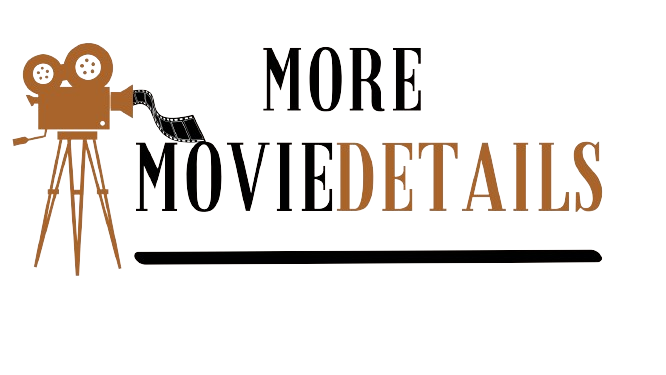Movie posters have become an iconic part of film history, often functioning as the first glimpse into the world of a new movie. They serve as a powerful tool for both marketing and artistic expression, and the best posters have the ability to captivate an audience and leave a lasting impression.
In the early 20th century, movie posters were created using hand-drawn illustrations and were often simple in design. However, as the film industry evolved, so did the art of movie poster design. Today, movie posters are created using a variety of techniques and styles, from digital illustration to photography and graphic design.
One of the key elements of a successful movie poster is its ability to communicate the essence of the film and captivate potential viewers. This can be achieved through a striking visual image, clever use of typography, and a well-thought-out composition. A great movie poster not only piques the audience’s interest but also effectively conveys the mood, tone, and genre of the film.
The art of movie poster design is a multi-faceted discipline that requires a combination of artistic skill, creativity, and an understanding of marketing principles. Designers must consider the target audience, the film’s themes and message, and the overall visual appeal of the poster. They must also strike a balance between creativity and commercial appeal, as the poster ultimately serves as a tool to entice audiences to watch the film.
One of the most notable aspects of movie poster design is the use of visual imagery. A powerful image can speak volumes and instantly capture the viewer’s attention. Whether it’s an evocative photograph, an intricate illustration, or a cleverly constructed graphic design, the visual component of a movie poster is crucial in conveying the film’s narrative and enticing audiences.
A well-designed movie poster should also make effective use of typography. The choice of font, layout, and placement of text can significantly impact the overall impact of the poster. Typography not only serves to inform the audience about the film’s title, cast, and crew, but also adds to the visual appeal and conveys the mood and tone of the film. From bold and dramatic to elegant and understated, the typography on a movie poster plays an essential role in shaping the overall design.
Composition is another vital aspect of movie poster design. A well-composed poster should have a strong focal point, a balanced layout, and a clear visual hierarchy. The placement of imagery, text, and other design elements must work harmoniously to create an engaging and visually appealing composition. The composition of a movie poster also plays a vital role in guiding the viewer’s eye and directing their attention to key elements of the design.
In recent years, the art of movie poster design has seen a resurgence of creativity and innovation, with many designers pushing the boundaries of traditional poster design. The use of digital illustration, 3D rendering, and experimental techniques has led to a new wave of visually stunning and imaginative movie posters. These contemporary designs often challenge the conventions of traditional poster design and offer a fresh and unique take on the art form.
The art of movie poster design is not only a visual medium but also a cultural artifact that reflects the spirit of its time. Movie posters often become iconic symbols of a film, ingrained in popular culture and remembered long after the film has left the theaters. From the minimalist elegance of Saul Bass’s designs to the bold and colorful posters of the 1980s, movie posters have the power to evoke nostalgia and memories of beloved films.
In conclusion, the art of movie poster design is a dynamic and influential form of visual communication that continues to captivate audiences and shape the way we perceive and interact with films. From its humble origins to its current state of innovation and creativity, movie poster design remains an essential element of the film industry and a testament to the power of visual storytelling.
